You are taking a Shinkansen 新幹線 or bullet train, as it’s known overseas, in Japan and spending time inside the train station. You see many stores crowded with people selling a variety of colorful boxes, and a thousand questions come to your mind. But here we are, fellow readers, to answer all your questions. In these shops, you will find a Japanese box meal named ekiben 駅弁, designed specifically for eating on the Shinkansen.
History of the Ekiben
Lunch box culture has been part of Japanese society for a long time, since it has been the most common method to carry food when staying away from home. For example, during the Sengoku Period, when Japan was involved in many nationwide wars, they had to find an effective way to move around food. But bento was not useful just for wars, but for pleasure. During the hanami season, when people wanted to enjoy cherry blossoms, they also had to find ways to take food under the trees.
During the Edo Period, some kabuki and noh theaters sold the makunouchi bento during intermissions, literally translated as “between-acts box.” This bento inspired the structure of today’s ekiben, but I don’t want to spoil the whole story, so let’s start from the beginning.
Ekiben: A Culinary Star Was Born
Nowadays, the route between Utsunomiya Station and Ueno Station is less than one hour. But in the 19th century, it could take more than four hours. So, bringing food during the trip to save your empty belly was essential. This is why, on July 16, 1885, the first ekiben was sold there.
Did Kahei Saito, the owner of the small Shirokiya stall in front of Utsunomiya Station selling the first bento in history, know that he would start a new era? His train bento was simple, two onigiri with bamboo leaves and two pickled radishes for five sen (100 sen equals one yen). It may look extremely cheap, but in those days, five sen would have been considered a fortune. As the Japanese railway system expanded and the need for ekiben grew as the trips were longer, many stations followed the same strategy as Utsunomiya Station.
Some years after, in 1889, in Himeji Station, the most popular ekiben type was sold, inspired by the makunouchi bento design.
The Rise of the Ekiben in Japan
The presence of military people in the 20th century in Japan helped the ekiben to expand further. They had to travel around the country, and they needed to eat outside, most of the time while traveling. And WWII also pushed the ekiben industry to succeed, as many restaurants were closed. We could, perhaps, compare the train bento box with our “takeaway boom” during the pandemic.
After WWII, economic growth permitted Japanese people to travel around the country and improve their quality of life thus creating the Golden Age of the ekiben.
What Goes Up, Must Come Down
In the 1980s, the ekiben frenzy fizzled out. Several factors affected their decline. Firstly, the arrival of more affordable air travel services, creating new alternatives when traveling. The beginning of the popularity of convenience stores also influenced this situation, where people could buy a bento quickly and cheaply. But, although it seems ironic, one of the biggest reasons for the ekiben market destabilization was the popularity of bullet trains:
- The train didn’t stop at all the train stations, meaning they couldn’t sell the ekiben anymore in those spots.
- The improvements with travel time, making trips shorter and adding the possibility of not having to eat inside the train.
- Many of the train bento were originally sold through the window, and Shinkansen windows, nowadays, can’t be opened. So, this phenomenon also disappeared.
Nevertheless, I don’t think the ekiben industry will disappear soon. It is still very much alive and kicking. With about 4,000 different types of bento, this bullet train box meal has many ways to survive, such as offering appealing local products to promote regional areas or collaborating with anime or trendy brands. There is even a manga named, Ekiben Hitoritabi, which explains the story of a lonely traveler around Japan trying different Shinkansen bento.
Renowned Train Bento in Japan
We would need days and days to complete this list, as there are many distinctive ekiben. From the local specialties sold in each prefecture to the quirkiest ones without forgetting the temporary ones, the world of these train bento is endless.
For those who want to try local food, if you visit Hokkaido, don’t miss the Bokoi-meshi ekiben in Bokoi Station made with rice balls with fresh clams. If you are in Honshu (the main island of Japan), Masuzushi ekiben in Toyama Prefecture is a good option, which has trout sushi wrapped in bamboo leaves. Or go to Nara and try the Kakinoha sushi bento, including Nara’s best-known sushi wrapped with persimmon leaves.
If you are seeking authentic train bento, let’s move to Gunma Prefecture. Stop at Takasaki Station, the main producer of daruma dolls in Japan. Daruma are hollow traditional dolls modeled after Bodhidharma, a founder of a branch of Zen Buddhism. Have you guessed the shape of their bento box? Exactly, a daruma! Another funny ekiben is the Yukidaruma bento in Niigata Prefecture, where you will eat your meal from inside a model snowman.
If you are looking for a sustainable ekiben, stop off at Hita in Oita Prefecture. The Hita Kikori Meshi is a wooden bento made from local trees. It includes a small wooden toy saw to cut one of the ingredients. After eating, you can dispose of it anywhere as it’s only made of disposable materials.
Finally, if you love trains, why not buy the bullet train ekiben? The box can be reused and after enjoying the delicious meal, you will be able to use your Shinkansen box to decorate your house. This is a win-win!
How Can I Buy an Ekiben?
You will have many opportunities to buy your ekiben before your trip. Not only inside the station but in the shops next to the station selling train bento. If the station is next to a department store, I would look to the lower levels to find the food section. Sometimes these shops offer a fresh meal service, so you may have to wait, but you will be able to have a fresh meal cooked for your trip.
If you realize you forgot to purchase a bento, and you are already in the station, you will find shops everywhere, even on the platform. Look for them as if it can be a fun treasure hunt and buy your favorite one! Usually, these shops are restocked during the day, with its peak during midday until the end of their train schedule. Of course, bigger stations have more train bento, whereas the smallest ones may run out of stock in the evening.
And last but not least, you can purchase them at an ekiben tournament. Yes, you read that correctly. In some cities, such as Tokyo or Osaka, there is the annual ekiben tournament, where you can buy among 300 types of ekiben.
How Much is an Ekiben?
There is a wide range and the price of your ekiben, going from around 700 yen for a sandwich to more than 150,000 (over 1,000 US dollars!) for luxury bento such as Nikko Buried Treasure Bento. But an orthodox bento can be found for, generally, 1,200 yen-1,800 yen. You can check all the prices next to the bento in the shop.
Now, you are an ekiben professional. When traveling to Japan, don’t forget to go to the station a few minutes early to buy your favorite bullet train bento, and enjoy it during your trip. After all, this is just another of the many local experiences you’ll have in Japan.

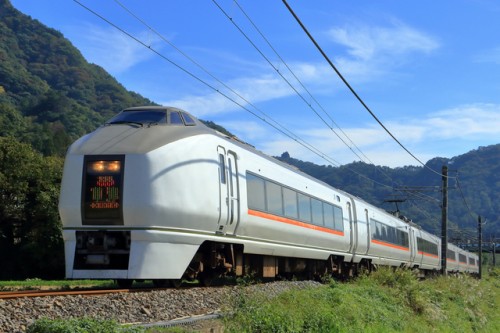
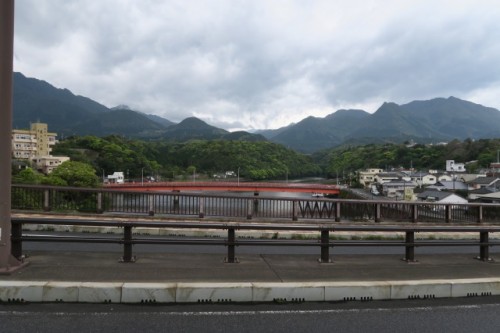
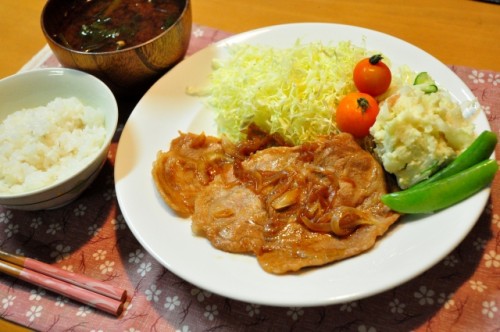
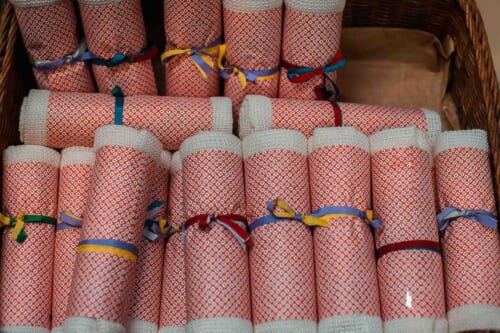

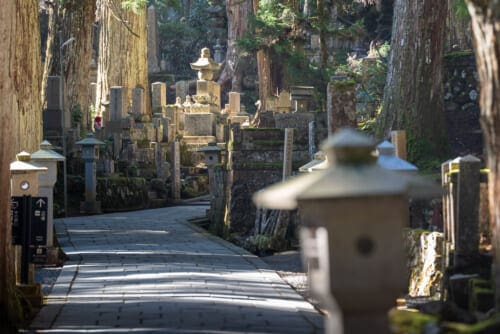

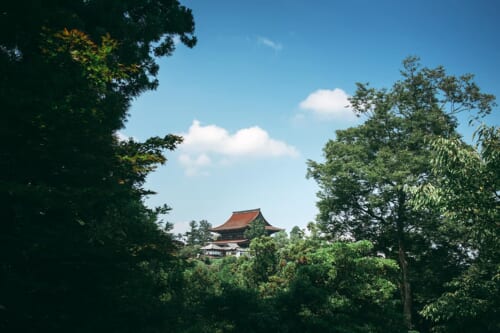
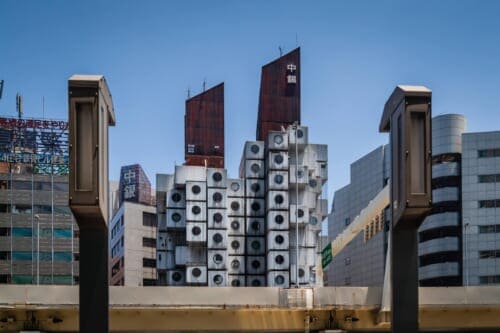
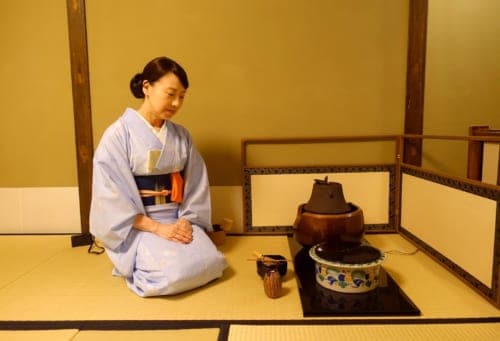


No Comments yet!